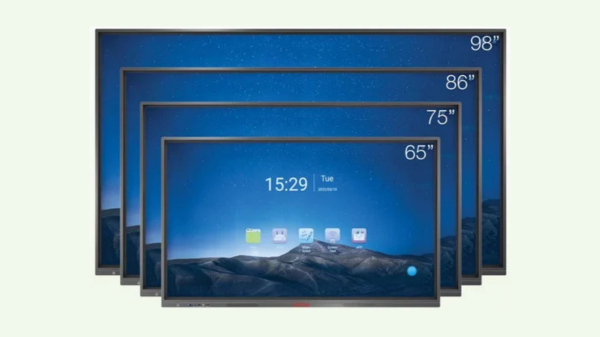Here are 10 key reasons why smart boards are becoming a must-have in schools:
1. Increased Interaction:
Smart boards allow students and teachers to directly interact with lessons making learning more engaging. With touch screens, students can swipe, tap, and draw, turning every lesson into an interactive experience.
2. Multimedia Learning
These boards integrate videos, images and digital content, catering to various learning styles-visual, auditory, and kinesthetic. This makes lessons more dynamic and helps students better understand concepts.
3. Inclusive Education
Smart boards support students with disabilities by offering alternative learning methods. Whether through visual or auditory tools, they ensure all students can access content effectively.
4. Instant Feedback
Real-time assessments allow teachers to provide immediate feedback, adjusting lessons to meet each student's needs. This helps create a more personalized learning experience.
5. Efficiency in Time and Resources
Smart boards reduce the need for traditional materials like chalk and markers, saving schools money. They also streamline lesson planning by offering quick access to digital resources.
6. Collaborative Learning
These boards encourage teamwork by letting students collaborate on projects in real time. Tools like NoteApp make sharing ideas and solving problems easier.
7. Cost-Effective in the Long Run
Over time, smart boards save money on supplies like chalk and pens. They combine multiple functions (e.g., screen, speaker, storage), reducing the need for separate devices.
8. Global Growth and Support
Countries worldwide are adopting smart boards, with governments funding tech integration in schools to enhance learning and prepare students for the digital future.
9. Future-Ready Education
Smart boards help students develop digital skills that will be essential in future careers. By using modern technology, students gain valuable hands-on experience.
10. Choosing the Right Smart Board
When selecting a smart board, choose a manufacturer with a good reputation and experience. Ensure the board offers durable materials, software compatibility, and essential features like touch sensitivity and real-time feedback.













